Vietnam’s countryside is indeed a refreshing contrast amidst the cacophony of constant notifications, endless scrolling, and the humdrum sound of city life. It’s in the villages that time seems to stand still compared to the hustle and bustle of both Hanoi and Ho Chi Minh City. The morning mist envelopes the shining green rice fields, while the loudest of sounds is that of palm fronds swaying with the breeze.
Here is a list of 20 peaceful Vietnamese villages where overstimulated souls can find respite, reconnect with nature, and experience the authentic rural rhythm that has characterized this beautiful country for centuries.
Mai Chau
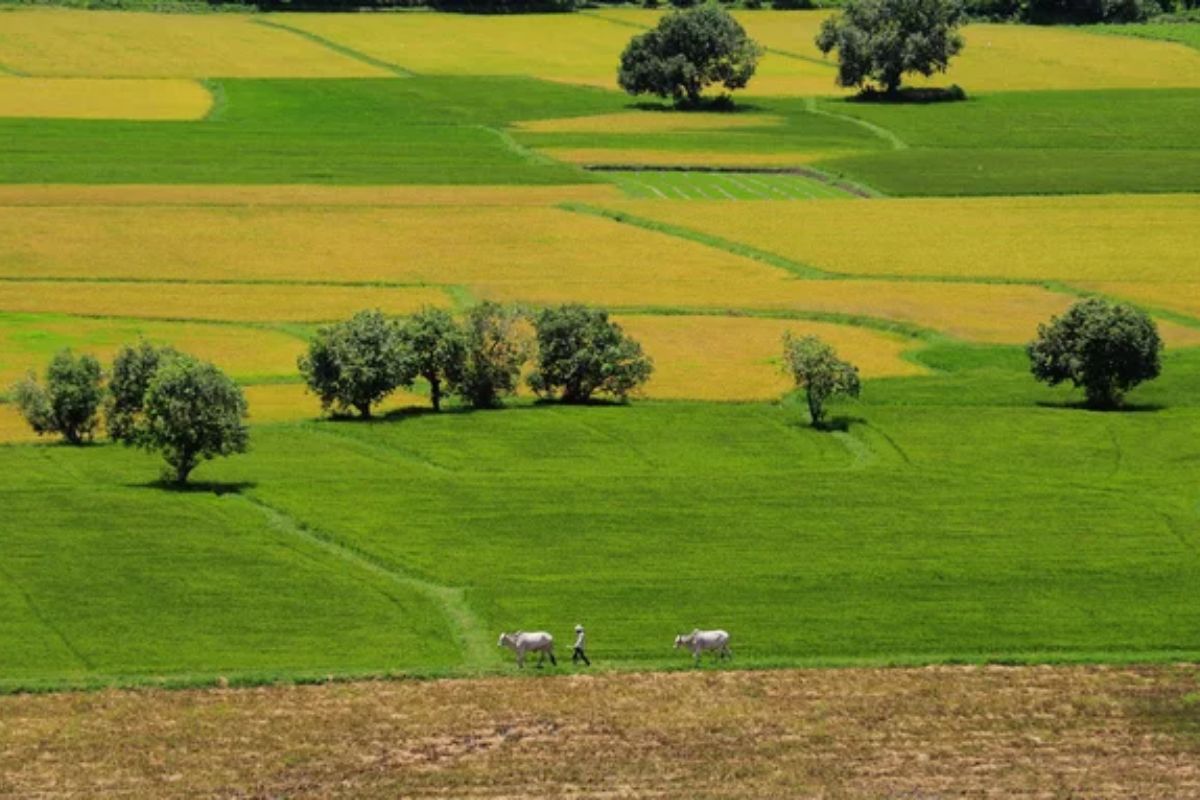
Nestled in a lush valley and surrounded by emerald rice paddies, Mai Chau offers visitors a chance to experience life in a traditional Thai ethnic minority village. Wooden stilt houses dot the landscape, providing both accommodation for travelers and a glimpse into local architecture.
Visitors can cycle through the surrounding countryside, join in traditional bamboo dances, or simply relax in a hammock while watching farmers tend to their fields.
Tam Coc
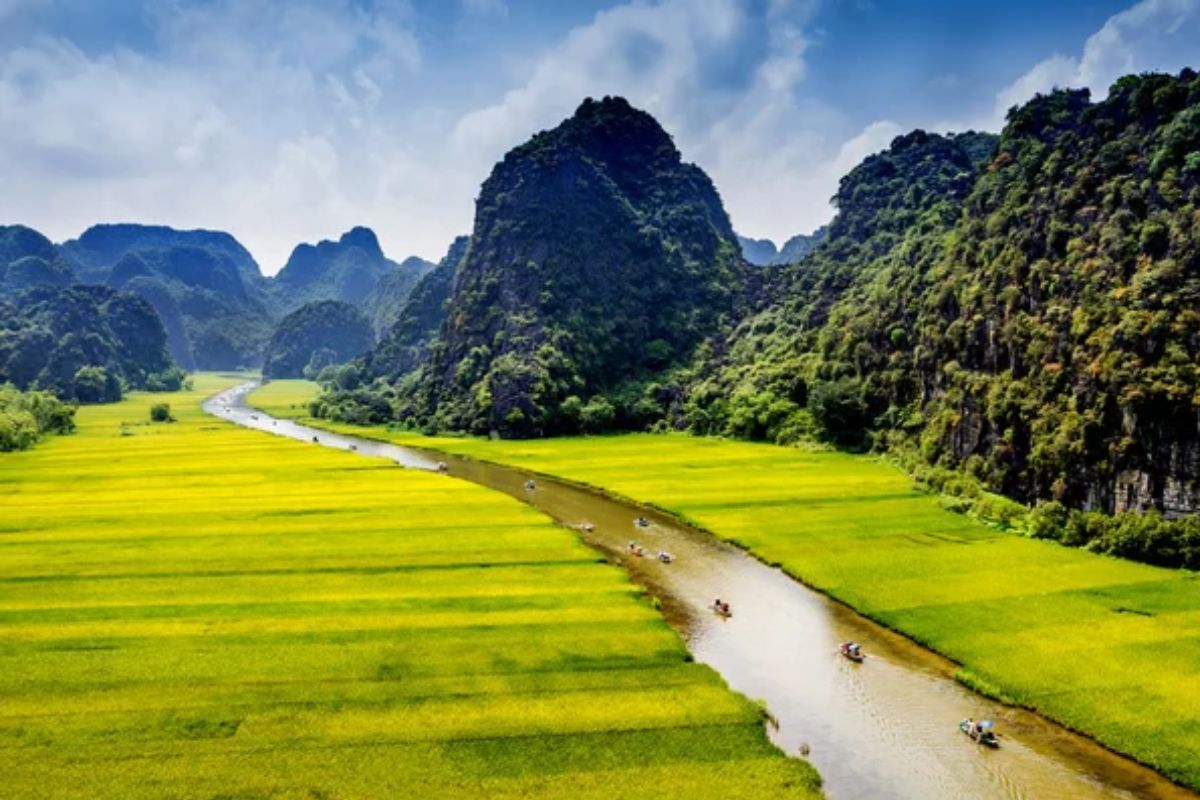
Tam Coc features dramatic limestone karsts rising from vibrant green rice fields and shimmering waterways rather than just emerald waters. The village sits along the Ngo Dong River, where local women often row boats using their feet rather than their hands—a fascinating traditional technique.
Morning is particularly magical here, as the mist clings to the tops of the karsts and the world slowly awakens to the sounds of nature.
Like Travel Pug’s content? Follow us on MSN.
Duong Lam
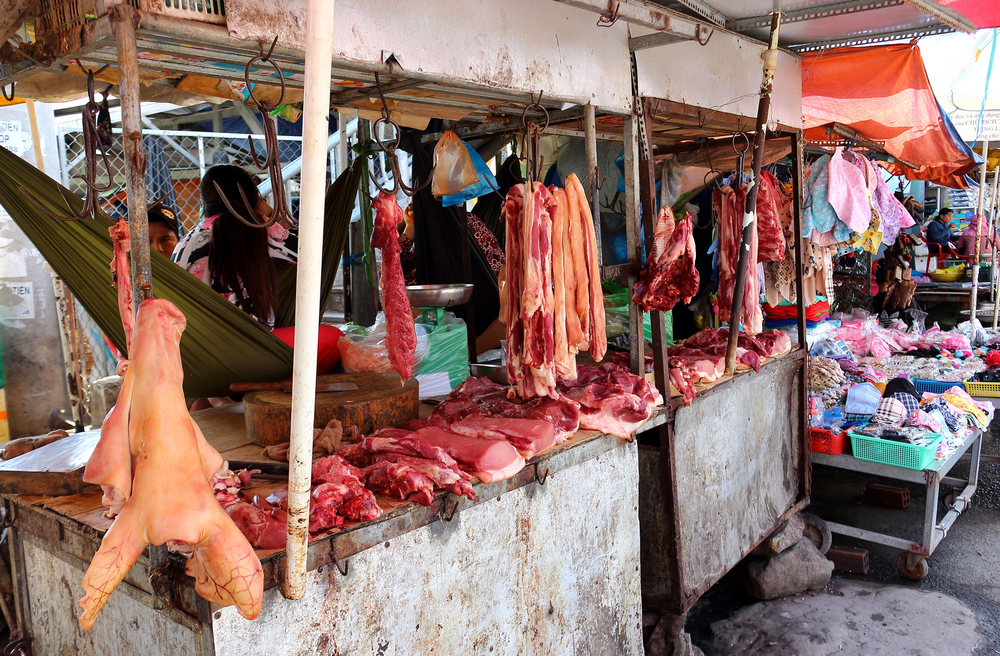
Just 40 miles from Hanoi, this ancient village feels worlds away from urban chaos with its centuries-old laterite brick houses and narrow, winding lanes. Duong Lam is often called the ‘village of two kings’ because it was the birthplace of two Vietnamese monarchs.
The village preserves its historical architecture remarkably well, with some homes dating back over 400 years. It offers visitors a journey through time among friendly locals who welcome wanderers with warm smiles.
Phuoc Tich

This heritage village in central Vietnam, dating back to the 15th century, charms visitors with its traditional Hue-style garden houses and ancient temples. Ceramics production remains an important craft here, with artisans continuing traditions passed down through generations.
The village sits beside the O Lau River, creating a peaceful atmosphere enhanced by flowering fruit trees and the occasional gentle chime of wind chimes hanging from the eaves.
Ban Gioc

Sitting right on the border with China, Ban Gioc village offers front-row views of one of Southeast Asia’s most spectacular waterfalls. The Hmong and Tay ethnic minorities inhabit this remote region, maintaining traditional farming practices and colorful cultural customs.
The thundering waters create natural white noise that washes away stress and mental clutter.
Like Travel Pug’s content? Follow us on MSN.
Xom Pho
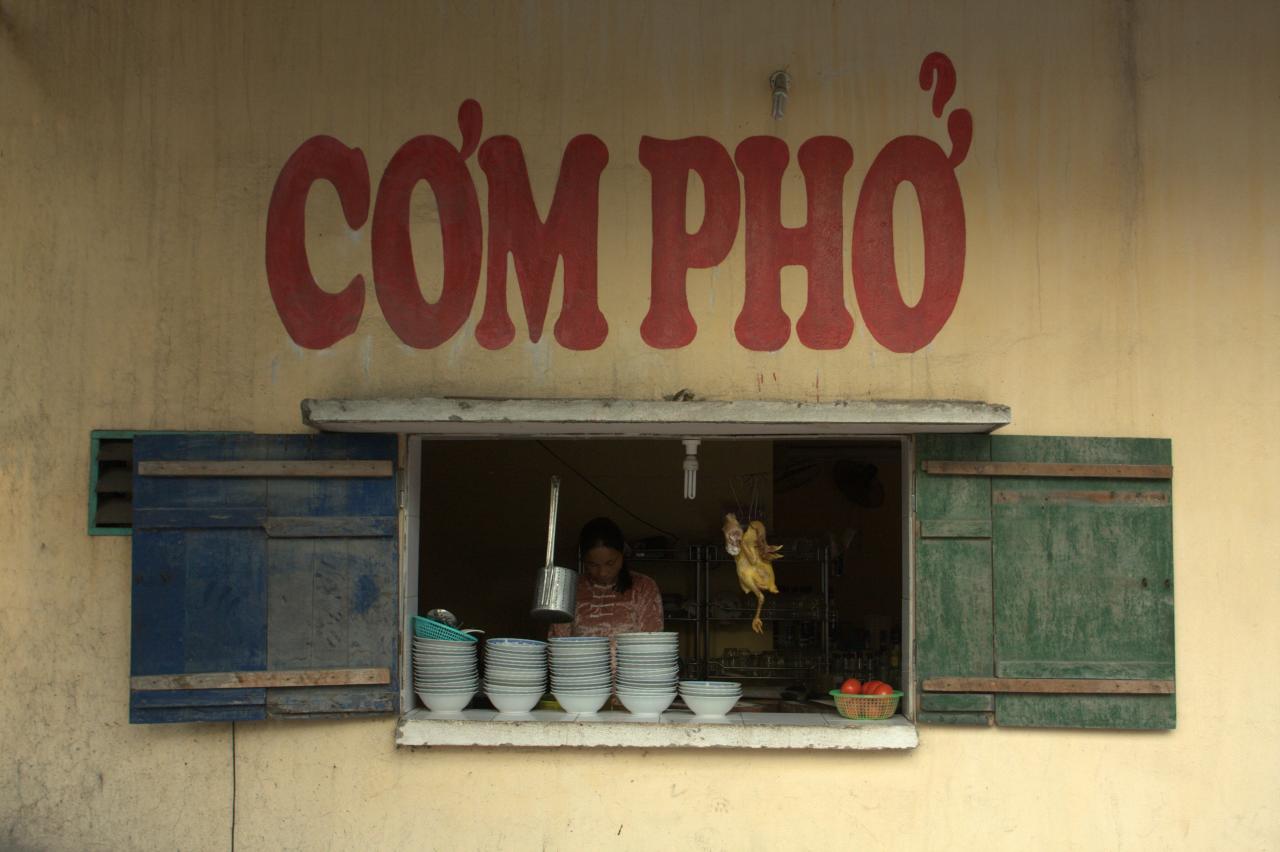
This sleepy village in northern Vietnam’s Bac Kan province surrounds a peaceful lake where morning reflections of wooden houses create perfect mirror images on still waters. The traditional stilt houses of the Tay ethnic group feature unique architectural elements, including ornate wooden carvings.
Morning activities revolve around fishing and farming, while evenings bring everyone together for communal meals, often featuring freshly caught fish prepared with local herbs.
Cam Thanh
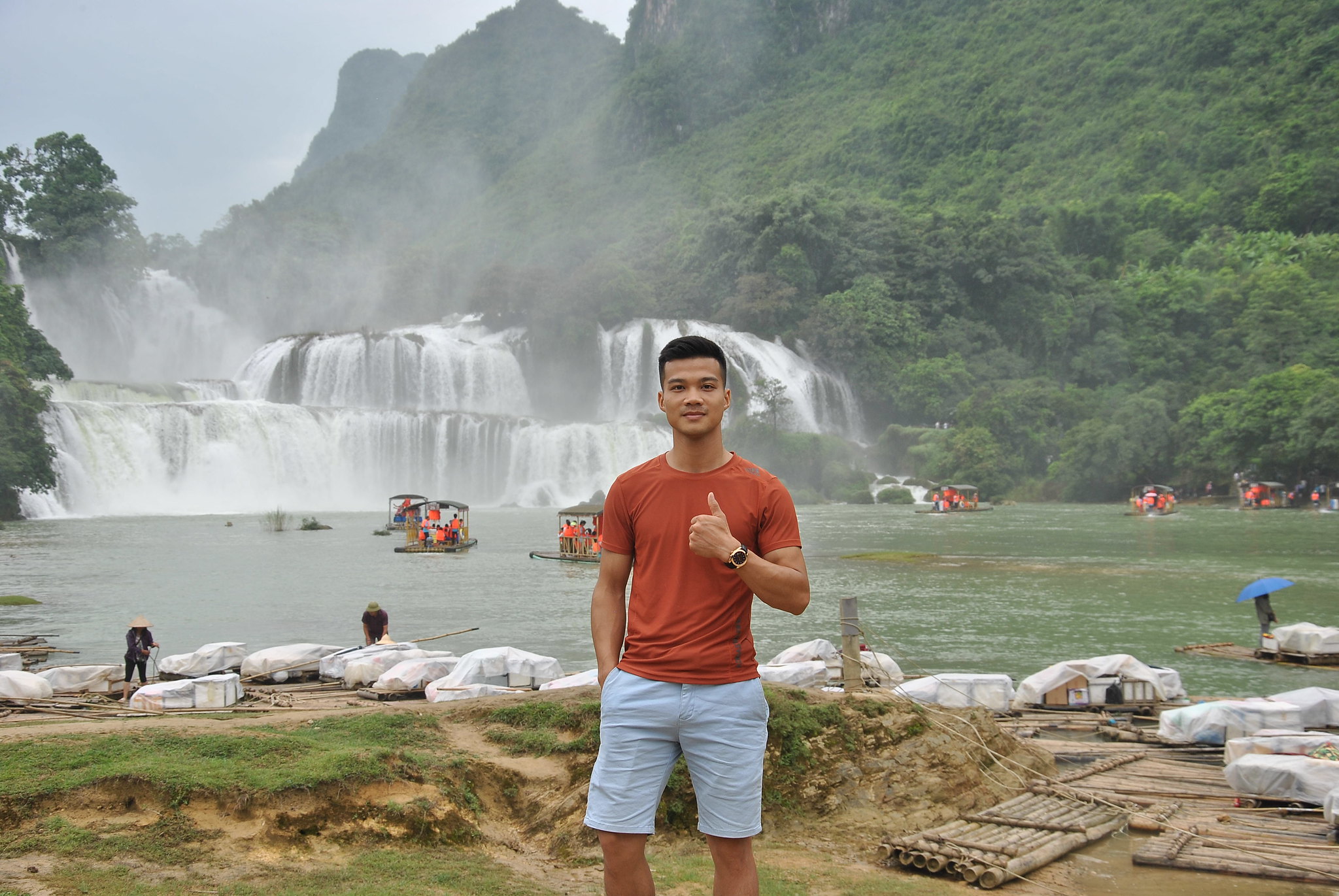
Known as the ‘water coconut village,’ Cam Thanh sits among a dense forest of water coconut palms near Hoi An. Residents craft incredible bamboo basket boats (thung chai) and waterproof them with coconut oil. The tranquil waterways winding through the palms create a cooling microclimate even during the hottest days, making it perfect for afternoon explorations by boat or paddleboard.
An Bang

While technically close to the tourist-friendly Hoi An, this traditional fishing village maintains its authentic character despite its growing popularity. Fishermen still head out in their round basket boats before dawn, returning with fresh catches that supply local family restaurants.
The wide, uncrowded beach stretches for miles, offering peaceful morning walks and spectacular sunsets that seem to melt into the East Sea.
Like Travel Pug’s content? Follow us on MSN.
Vung Vieng
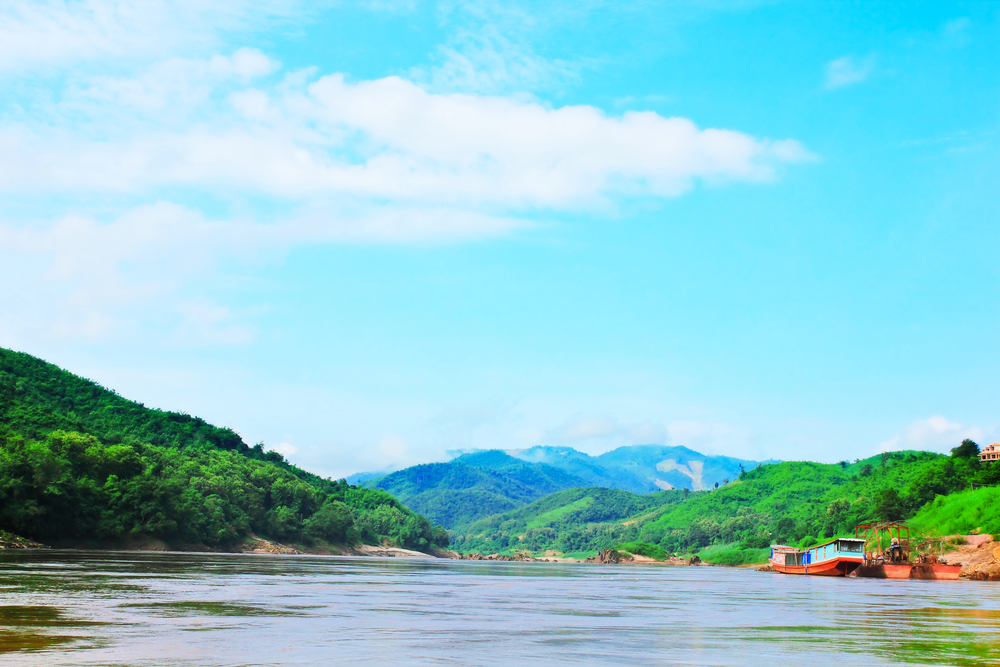
One of the few remaining floating fishing villages in Halong Bay, Vung Vieng, comprises about 50 households living in colorful floating homes. The entire community exists on the water, with children paddling to a floating school and families growing vegetables in pot gardens on their porches.
The gentle rocking of homes built on pontoons creates a lullaby effect that encourages deep, restful sleep for overnight visitors.
Bho Hoong
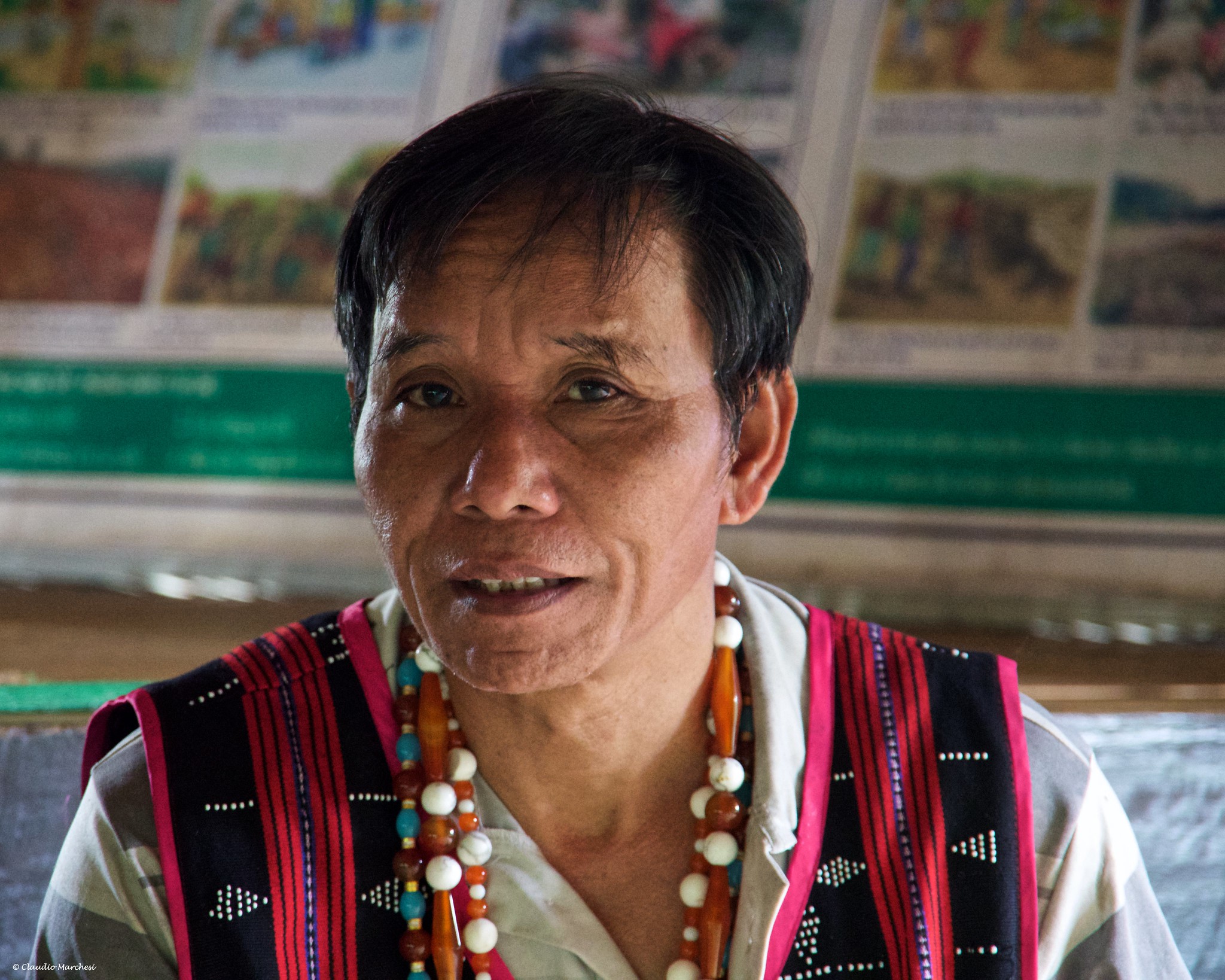
Tucked into the central highlands, this village of the Co Tu ethnic minority offers a glimpse into one of Vietnam’s most fascinating traditional cultures. The village center is dominated by communal longhouses with distinctive high, sloping roofs.
The surrounding forests provide medicinal plants that local healers have used for centuries, while the nearby Song Kon River offers cooling relief during hot afternoons.
Buoc
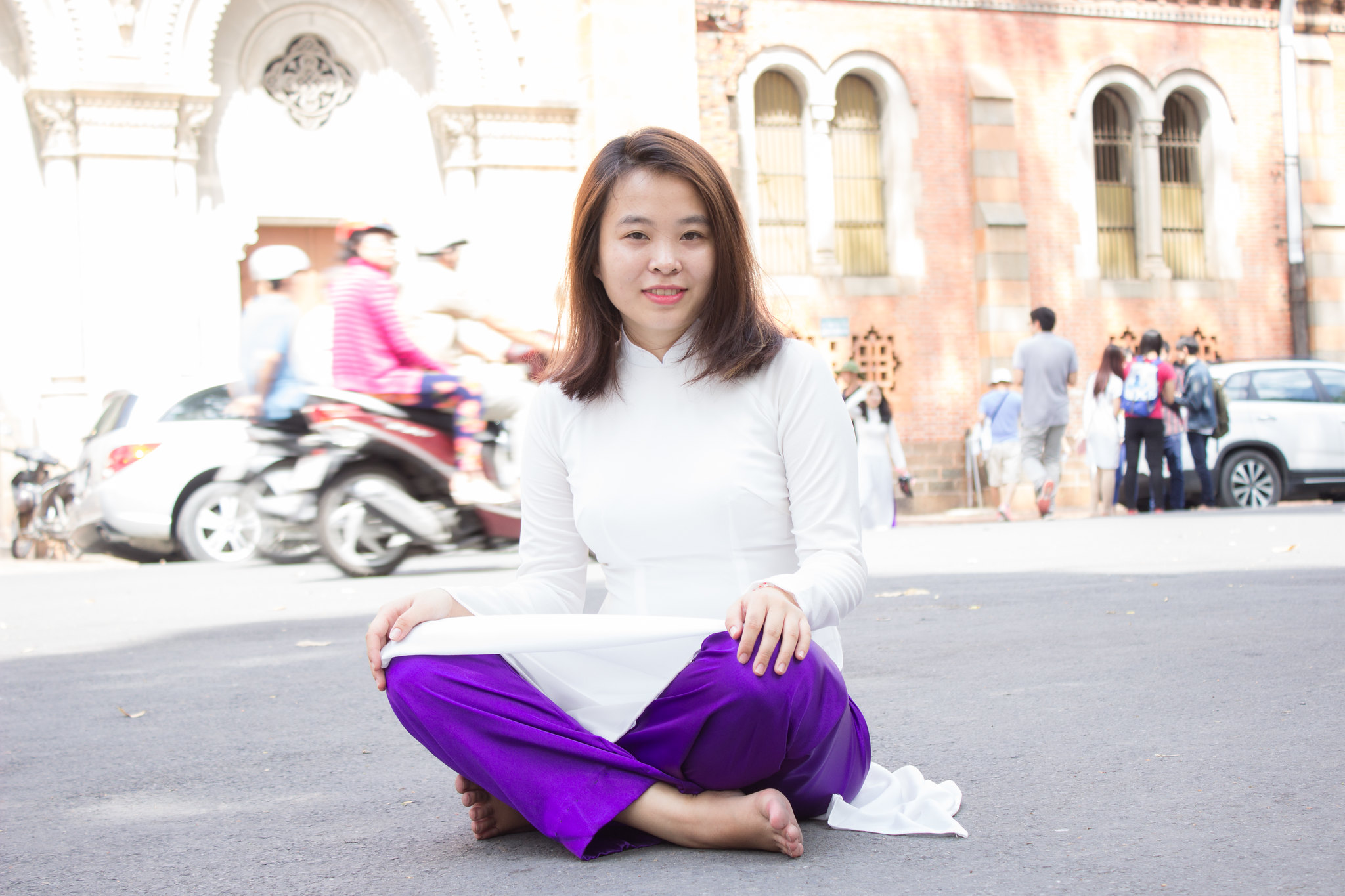
Perched high in the mountains of Hoa Binh province, this Dao ethnic minority village. offers breathtaking panoramic views of terraced rice fields that change colors with the seasons.
Homes built on stilts cling to mountainsides so steep that some fields appear to be growing vertically. The cool mountain air and relative isolation create perfect conditions for rejuvenation away from modern distractions.
Like Travel Pug’s content? Follow us on MSN.
Nom
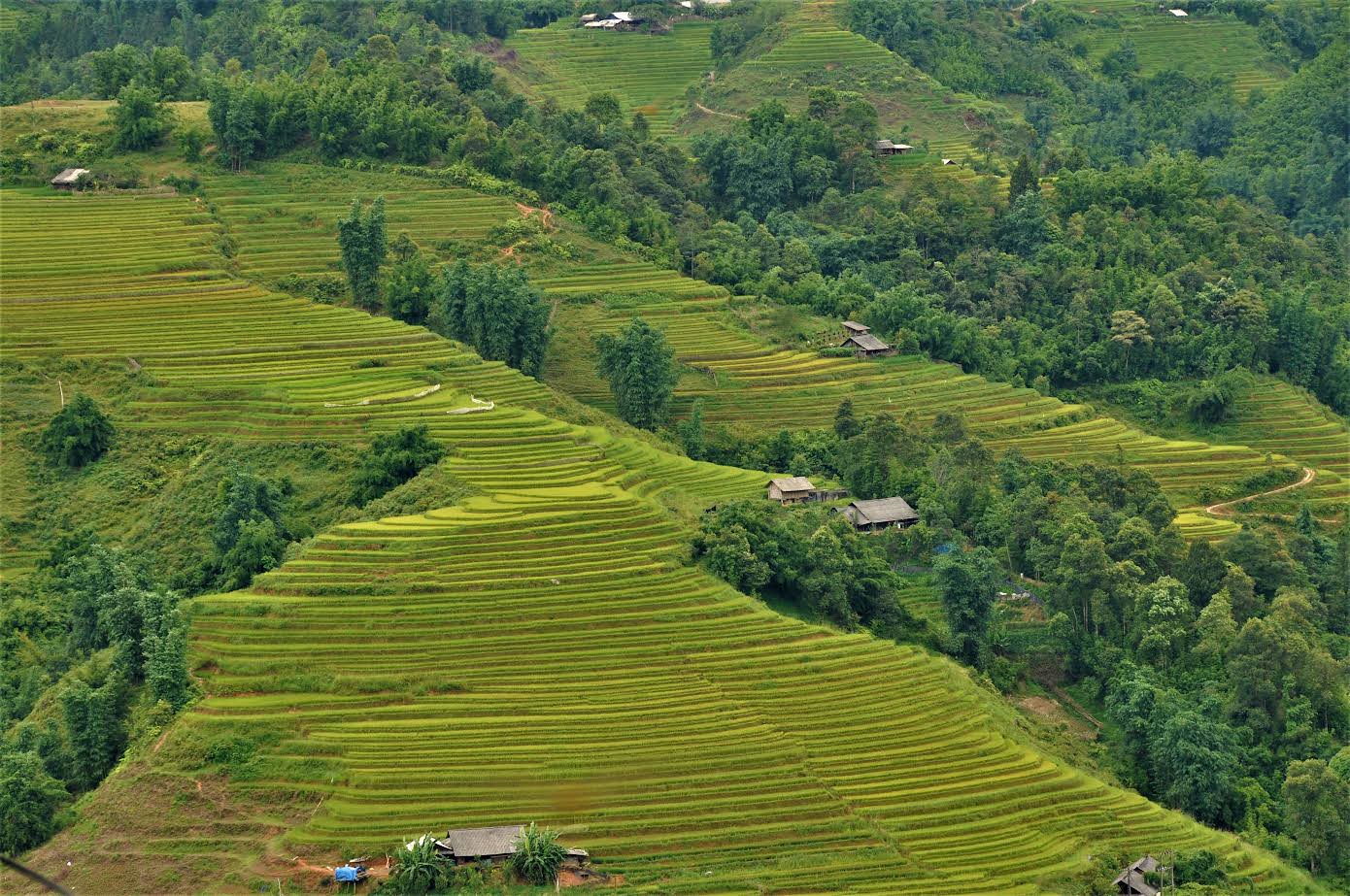
This ancient village in Hung Yen province preserves traditional northern Vietnamese architecture. It is centered around a 400-year-old communal house and temple complex. Narrow brick lanes wind between homes featuring carved wooden doors and interior courtyards with bonsai gardens.
The village’s ancient banyan tree serves as a gathering spot where elders share stories and play traditional board games in the cool shade.
Tra Que
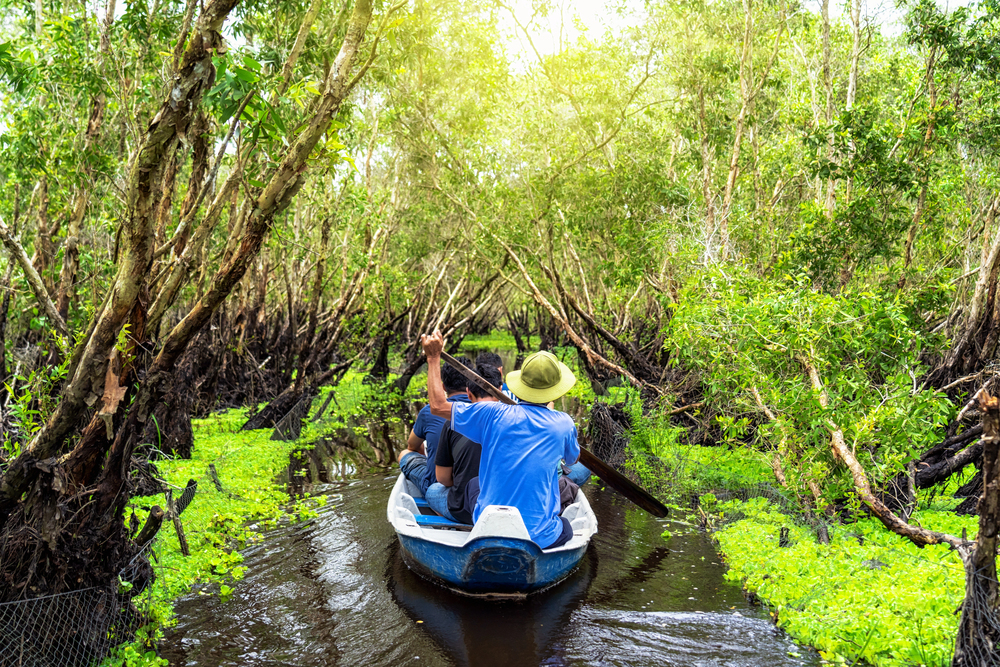
Famous for its aromatic herbs and vegetables, this farming village between Hoi An and An Bang beach practices organic farming methods passed down through generations. The rich soil produces intensely flavored herbs used in central Vietnamese cuisine.
Morning visitors can join farmers tending to their crops, learning traditional growing techniques and the medicinal properties of various plants before enjoying a farm-to-table meal.
Lac
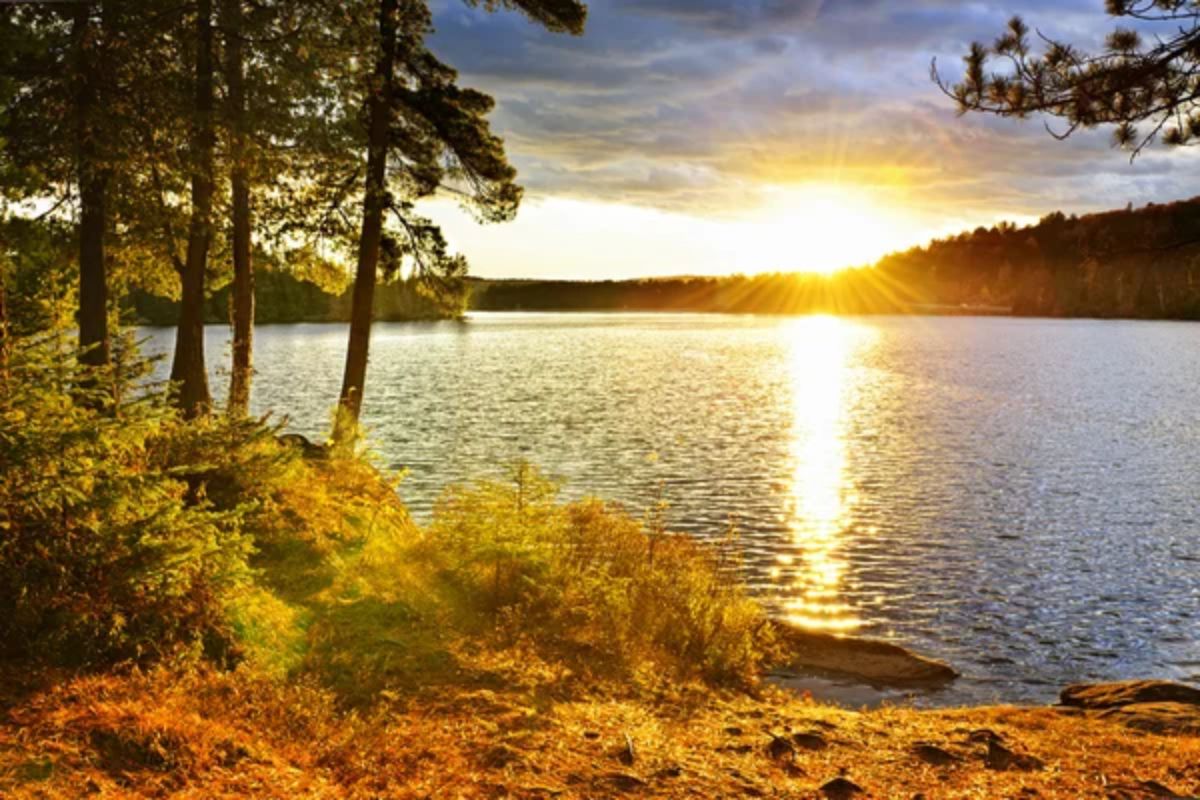
Lac Village is located in the Mai Chau valley but is less visited than its neighboring villages. It is home to the White Thai ethnic group, which maintains distinctive cultural traditions, including intricate weaving and unique culinary practices.
Surrounded by rice fields and backed by mountain views, the village’s stilt houses feature large balconies from which visitors can observe agricultural activities throughout the valley while sipping locally grown green tea.
Like Travel Pug’s content? Follow us on MSN.
Suoi Giang

Nestled at elevations above 3,000 feet in Yen Bai province, this village is famous for its ancient tea trees, some over 300 years old. The H’mong people here harvest tea using traditional methods, processing leaves by hand to produce some of Vietnam’s most prized wild teas.
Morning mist drifts between hills covered with tea bushes and primeval forests, creating an ethereal atmosphere.
Non Nuoc
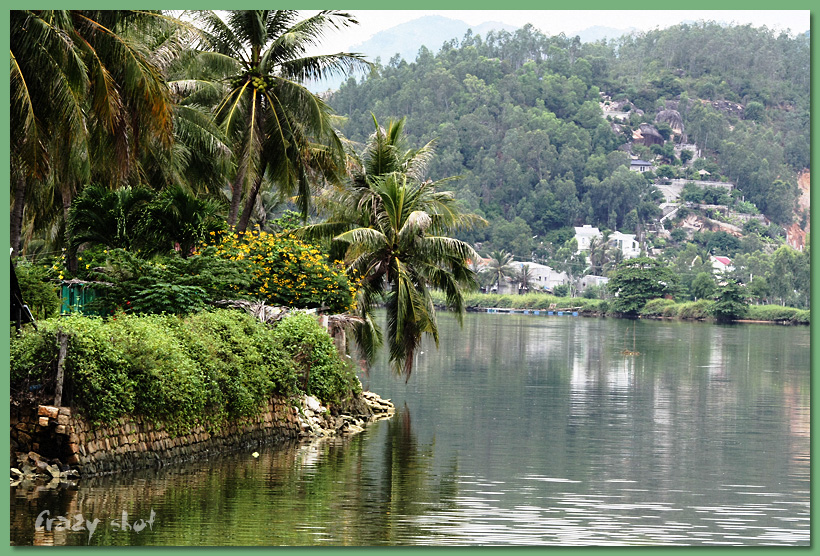
Known for generations of stone carvers, this village near Danang sits at the foot of the Marble Mountains. Master craftspeople transform blocks of stone into everything from tiny pendants to massive temple guardians.
The rhythmic tapping of chisels creates a meditative backdrop to village life. Workshops welcome visitors to observe the carving process, with mountain paths nearby offering peaceful hiking opportunities.
Dong Van
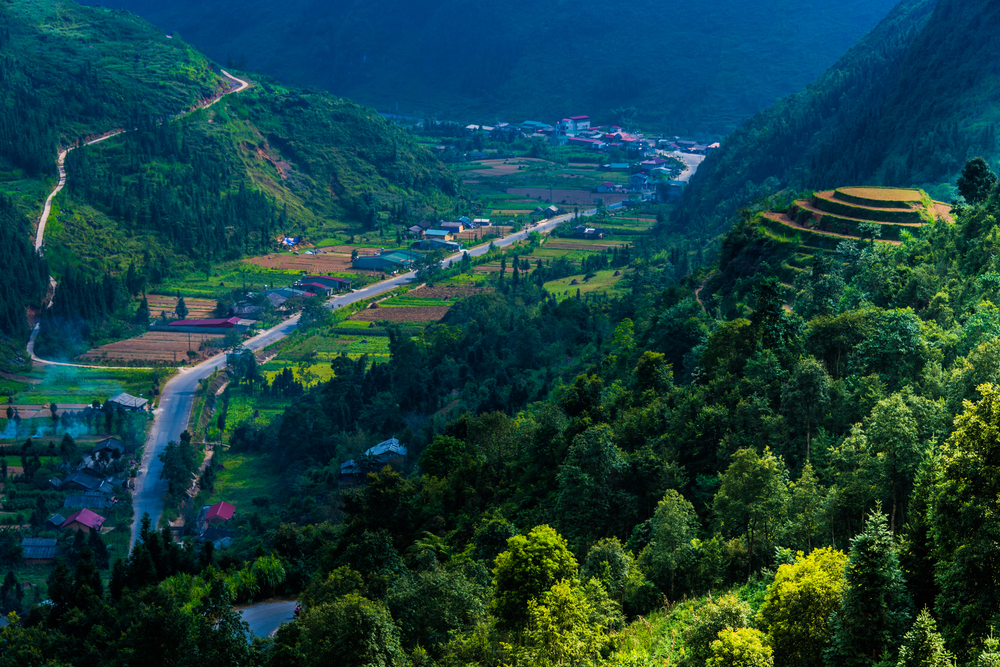
Set on a rocky plateau in Vietnam’s northernmost province, this former trading post features stone houses that reflect a blend of Vietnamese, Chinese, and H’mong architectural influences. The surrounding karst landscape creates a dramatic backdrop that changes with the light throughout the day.
Sunday markets bring ethnic minority groups from surrounding villages, creating a vibrant but never overwhelming gathering.
Like Travel Pug’s content? Follow us on MSN.
Dong Ngac

Known as the ‘village of scholars,’ this historic community near Hanoi has produced generations of mandarins and intellectuals. Ancient banyan trees shade the village communal house where important ceremonies have taken place for centuries.
Family temples preserve ancestral tablets dating back hundreds of years, while quiet lanes lined with traditional brick homes create a contemplative atmosphere perfect for slow walks and reflection.
Phu Lang
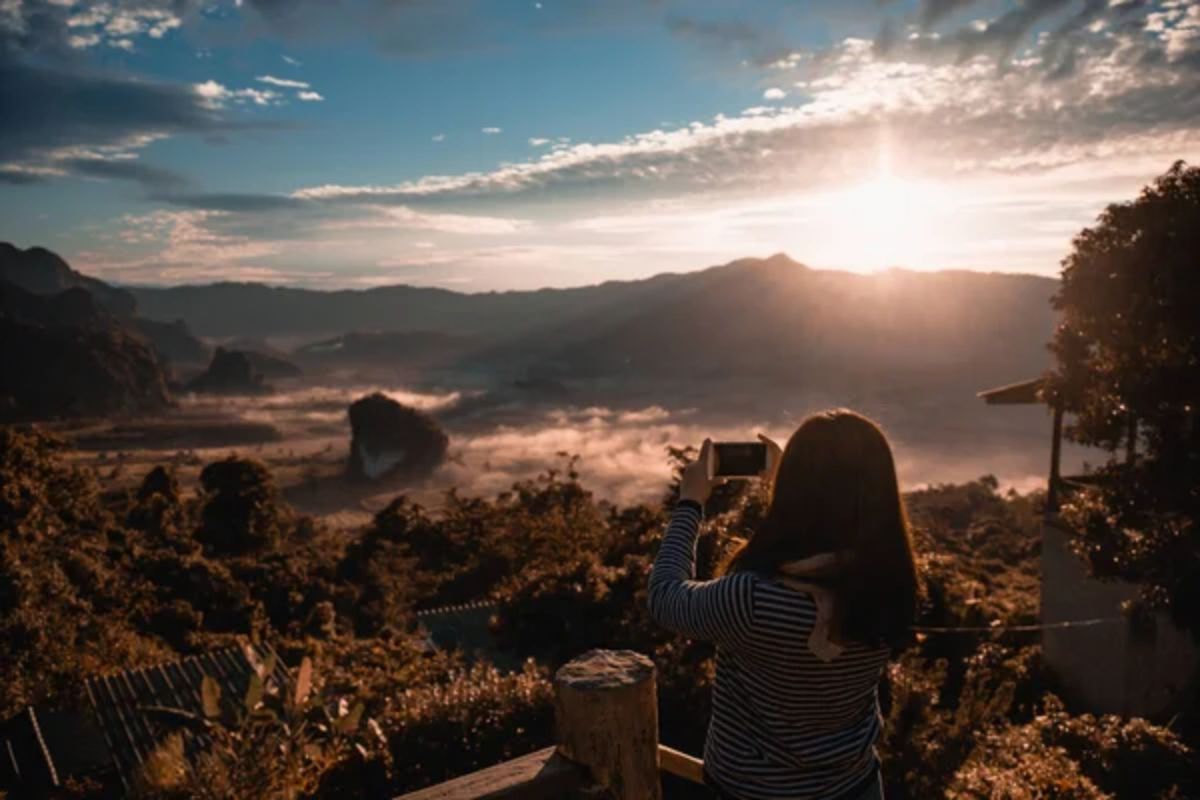
This pottery village in Bac Ninh province has produced distinctive ceramics for nearly a thousand years. Family workshops continue using traditional kilns and techniques to create everything from everyday household items to artistic masterpieces.
The earthy aroma of clay and the radiant heat of kilns create a sensory experience that connects visitors to ancient crafting traditions still vital to village identity.
Tho Ha
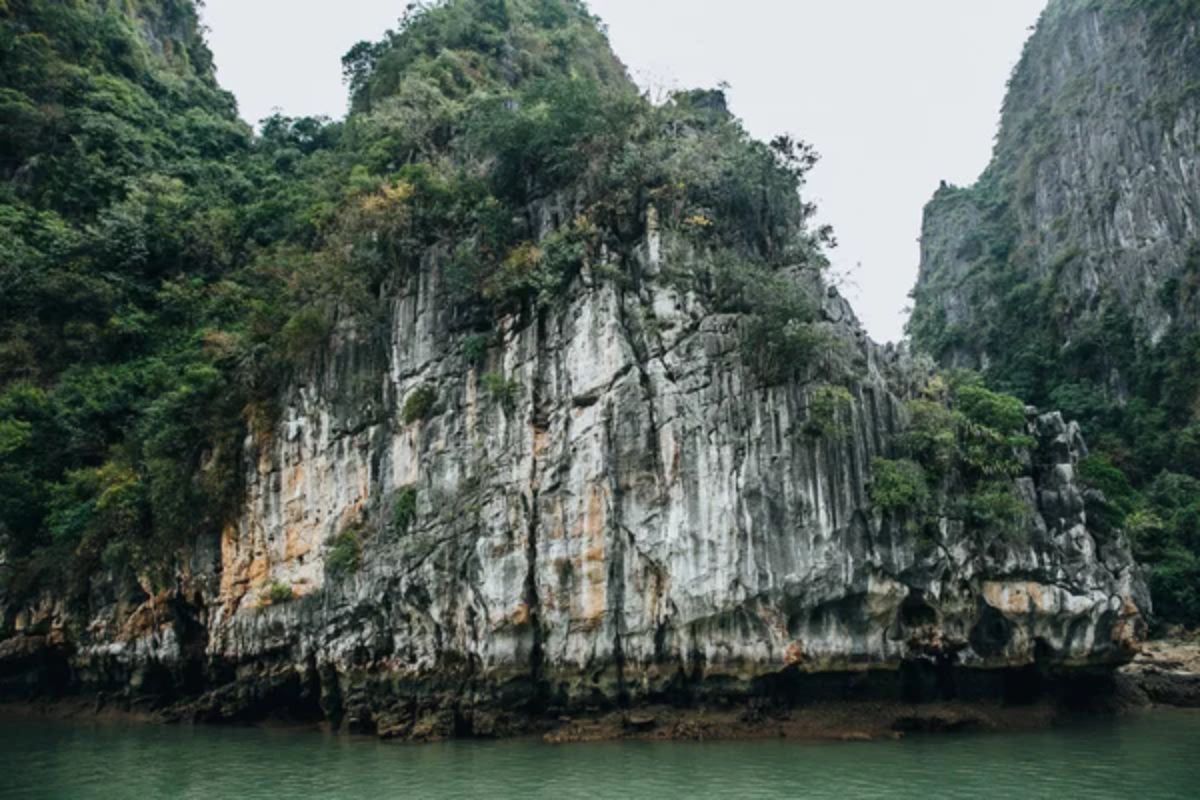
Built on a bend in the Cau River, this thousand-year-old village once produced some of Vietnam’s finest ceramics. Today, remnants of ancient kilns and pottery shards can be incorporated into village walls and pathways.
The community now focuses on producing rice paper for spring rolls, hung to dry on bamboo racks throughout the village, creating striking visuals as sunlight filters through the translucent sheets.
Like Travel Pug’s content? Follow us on MSN.
Harmony with the Land

Vietnam’s village life demonstrates how communities have found balance with their environments for centuries, creating sustainable lifestyles that modern society increasingly recognizes as valuable. These peaceful havens offer more than just escape—they provide living examples of slower, more intentional ways of being.
In these villages, visitors often discover that the absence of constant stimulation doesn’t create emptiness, but rather makes space for deeper connection and authentic presence.
More from Travel Pug

- Cities Growing so Fast You Won’t Recognize Them in 10 Years
- 13 Destinations Where Tourists Regularly Regret Their Trip
- 20 Obscure WWII Sites Even History Buffs Don’t Know About
- 10 Under-the-Radar Mountain Towns That Are Both Affordable and Beautiful
- Remote Villages in Europe Where You Can Live for Free in Exchange for Work
Like Travel Pug’s content? Follow us on MSN.
